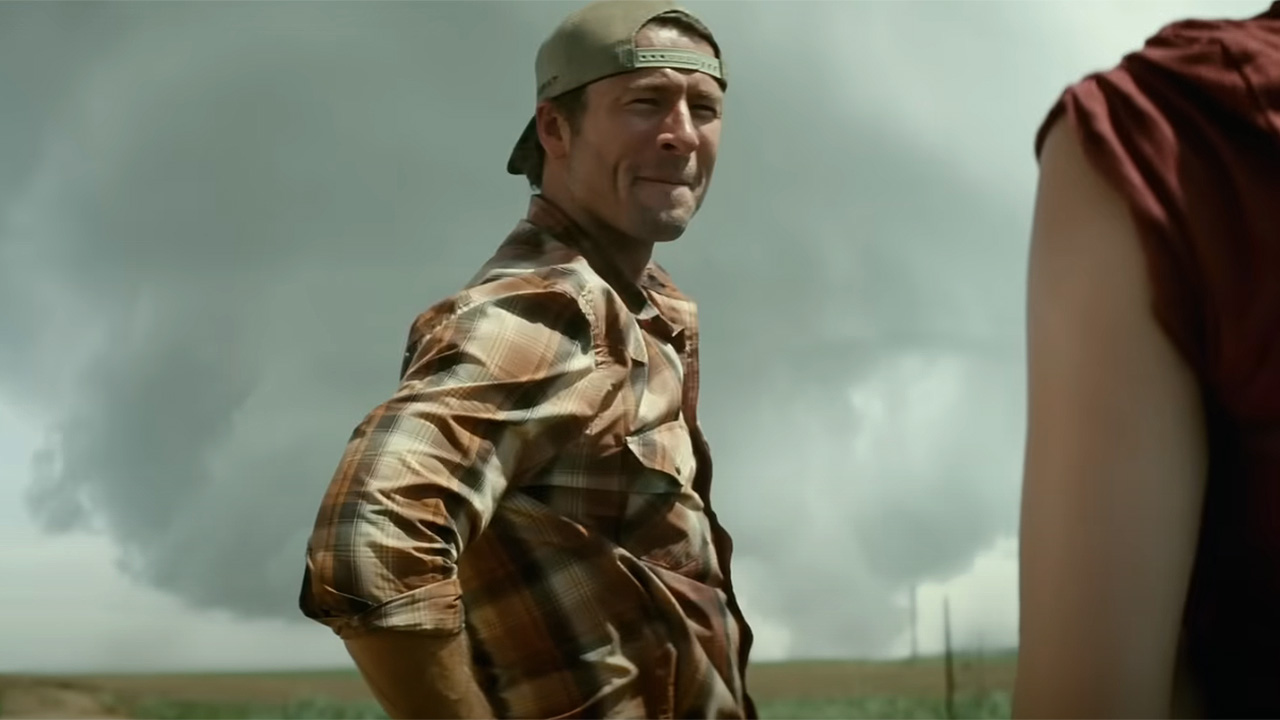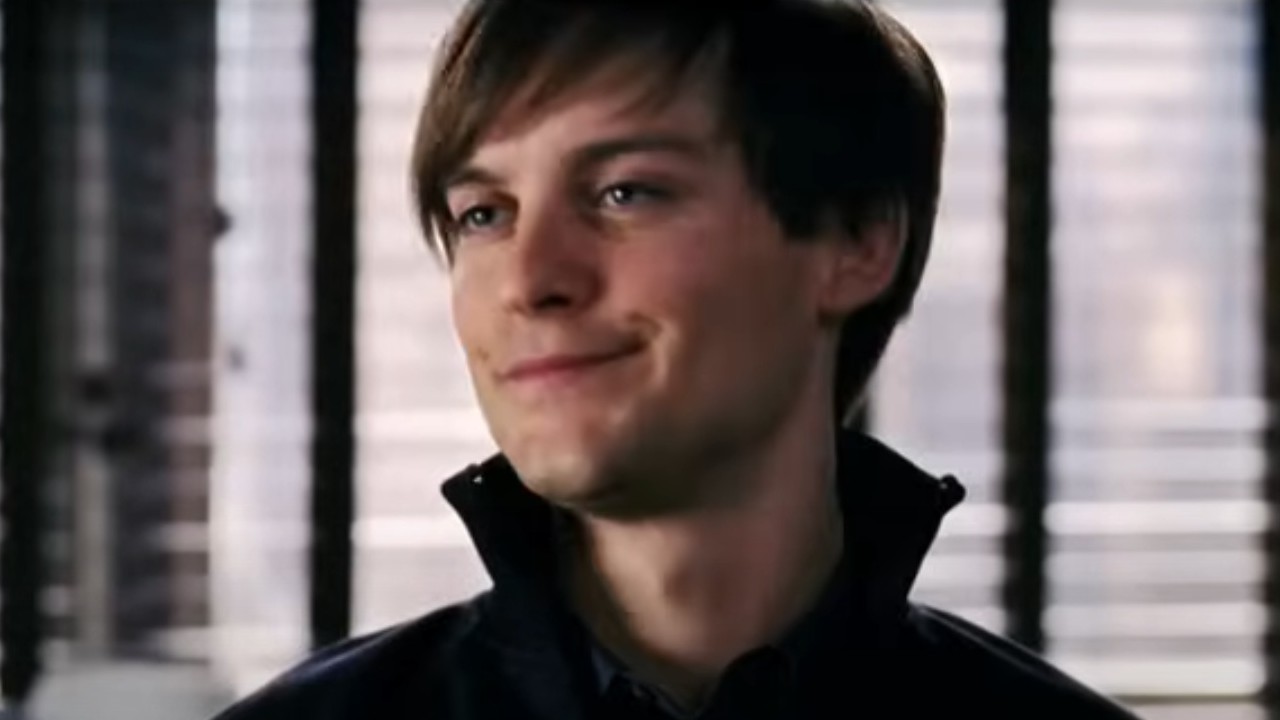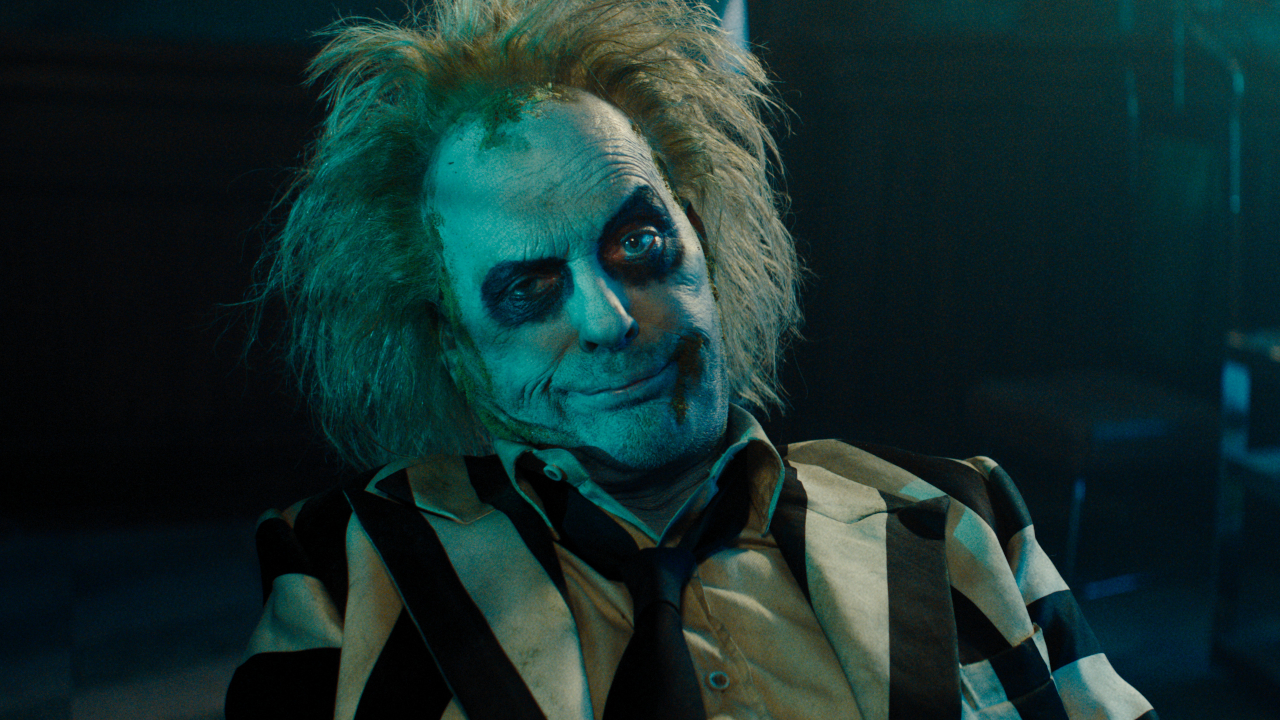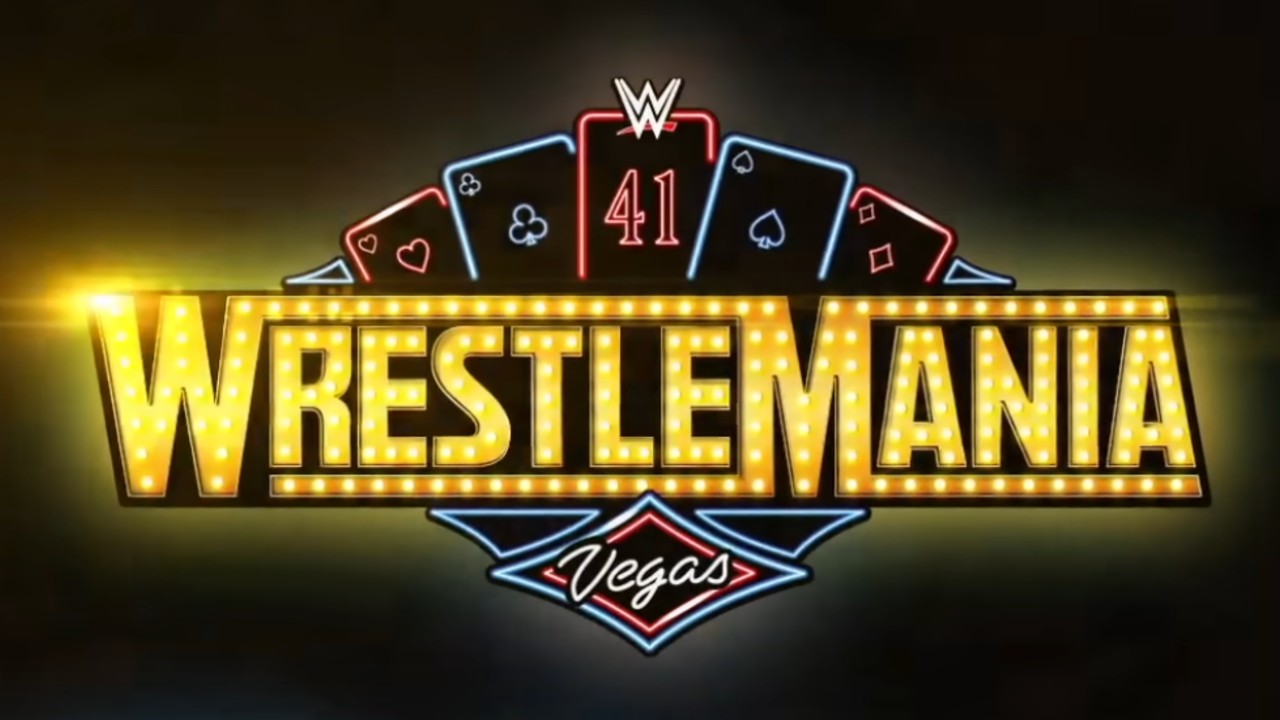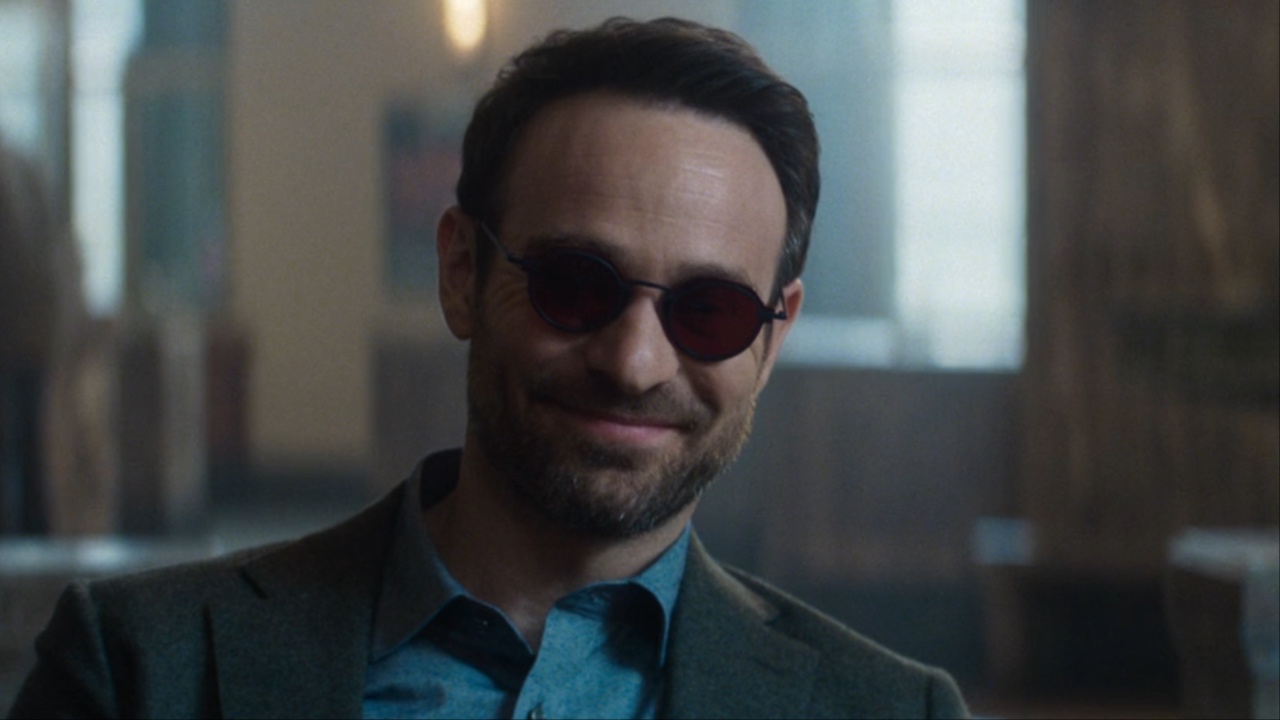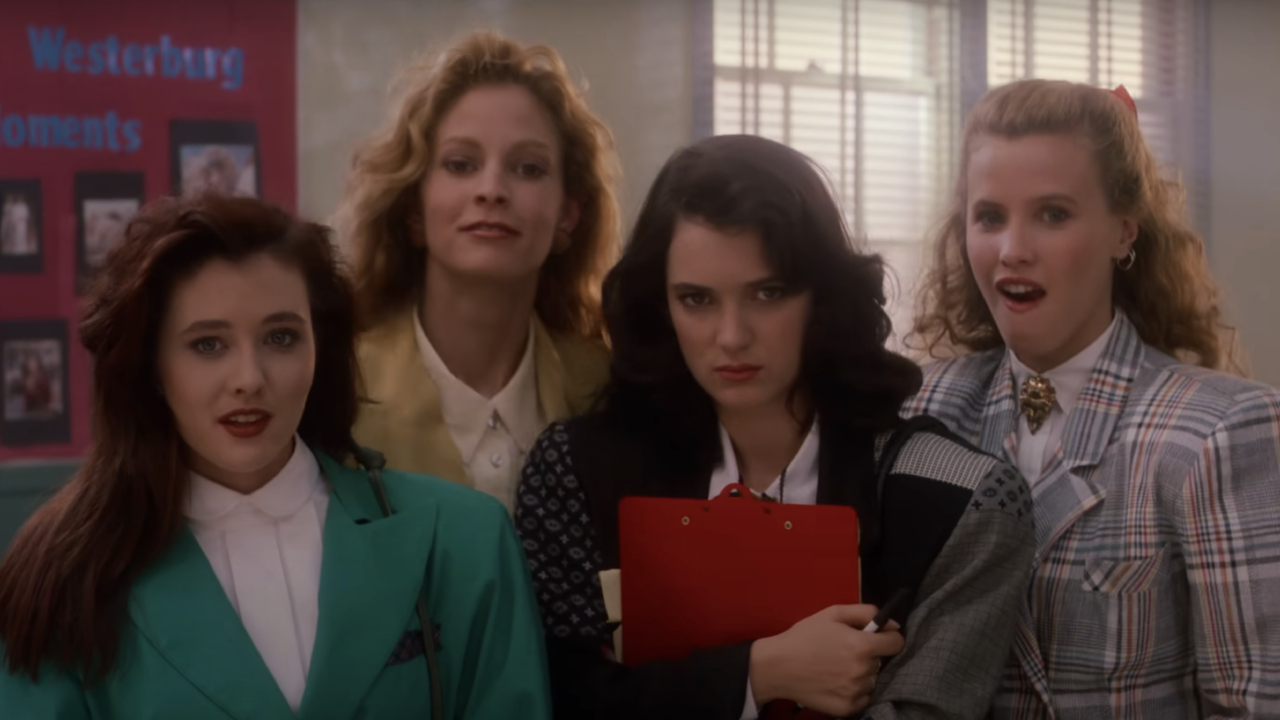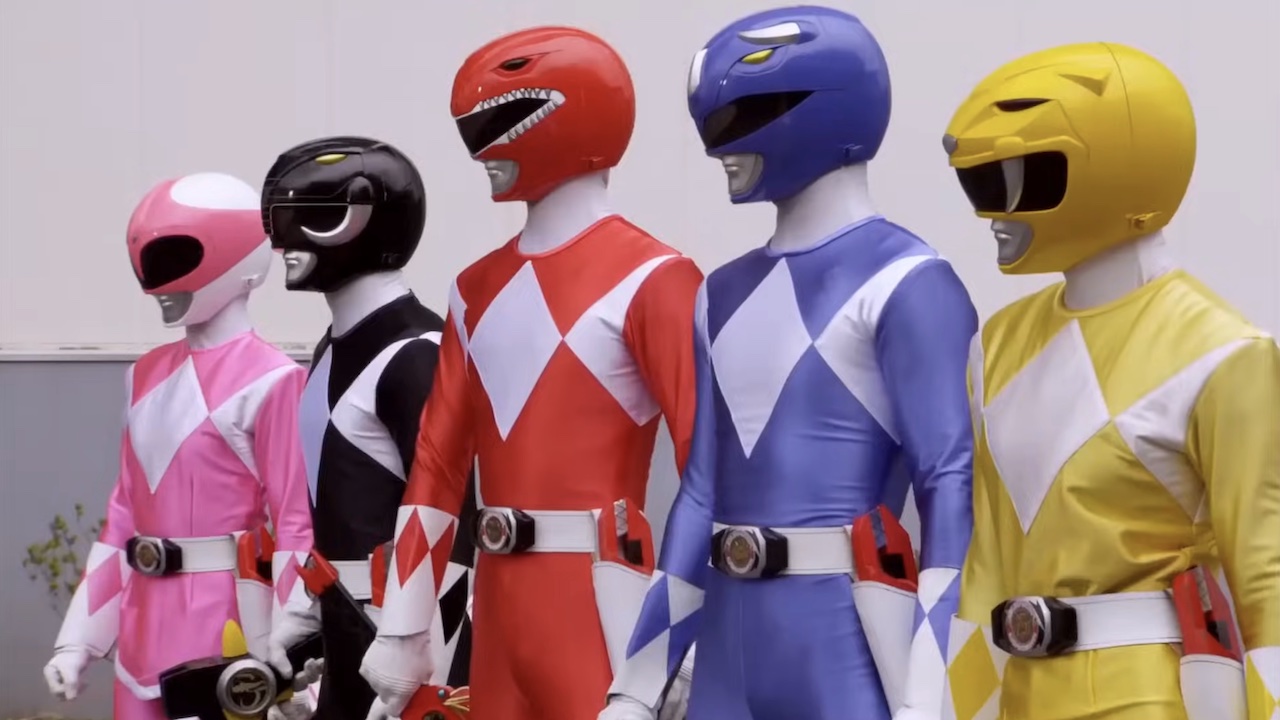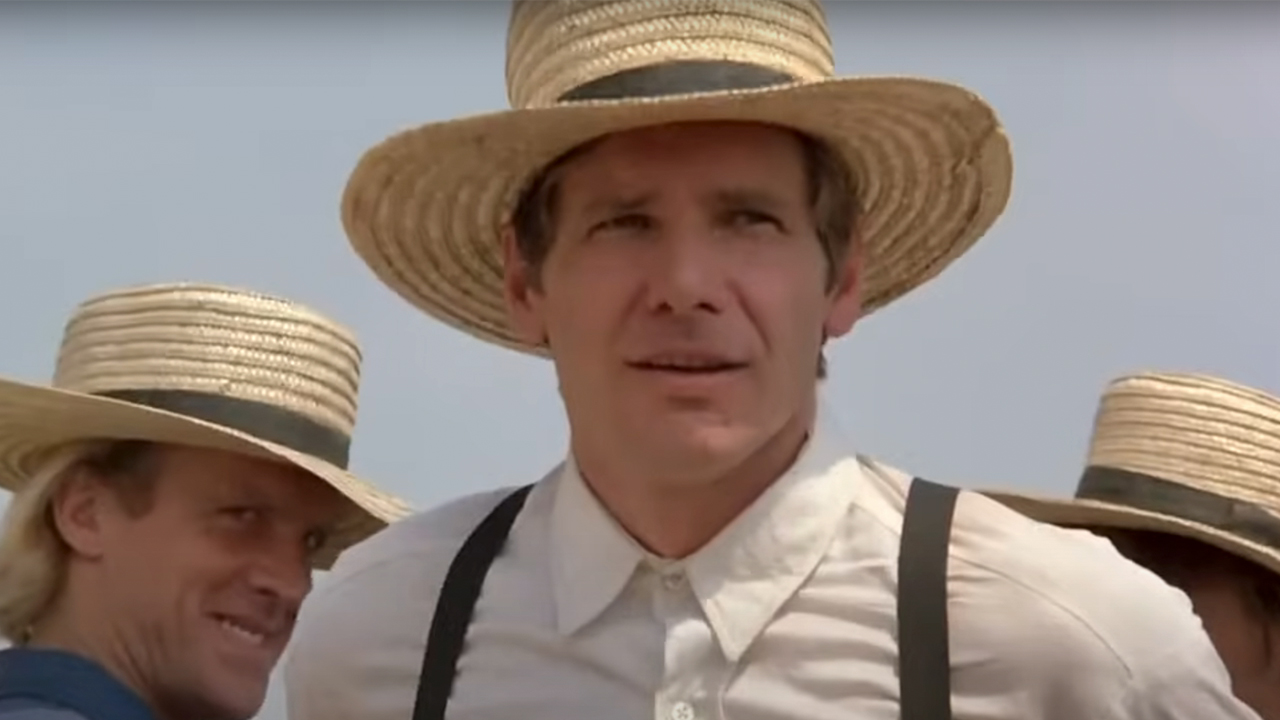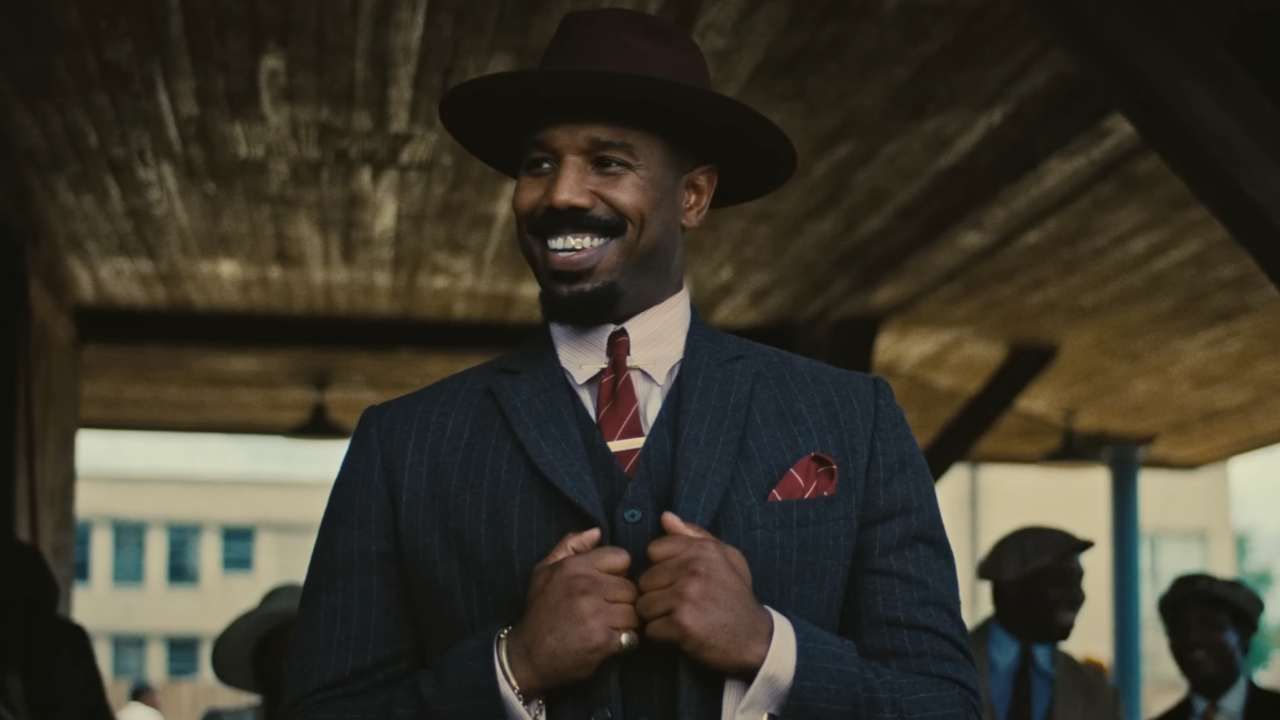I Recently Rewatched Babe, And I Have A Hot Take About Its Animal Characters
This may be wild to say, but hear me out.

I've been on a quest lately to show my daughter the best childhood movies of my past, and after showing her a couple of 90s kids movies that actually suck, I was reminded of the talking pig classic from my past. No, I'm not talking about Gordy, but the little pig who became an expert sheep herder, Babe. I was surprised to find out that not only does this animal movie hold up, but I think it does speaking animals better than current movies out today.
I say this as someone who agreed with most critics that Mufasa: The Lion King was a great prequel; in my honest opinion, the voice work in Babe is much better. I don't mean that to say the Disney movie does a bad job of making its characters speak, but I think it comes down to the simple idea that when it comes to talking animals, less is more.
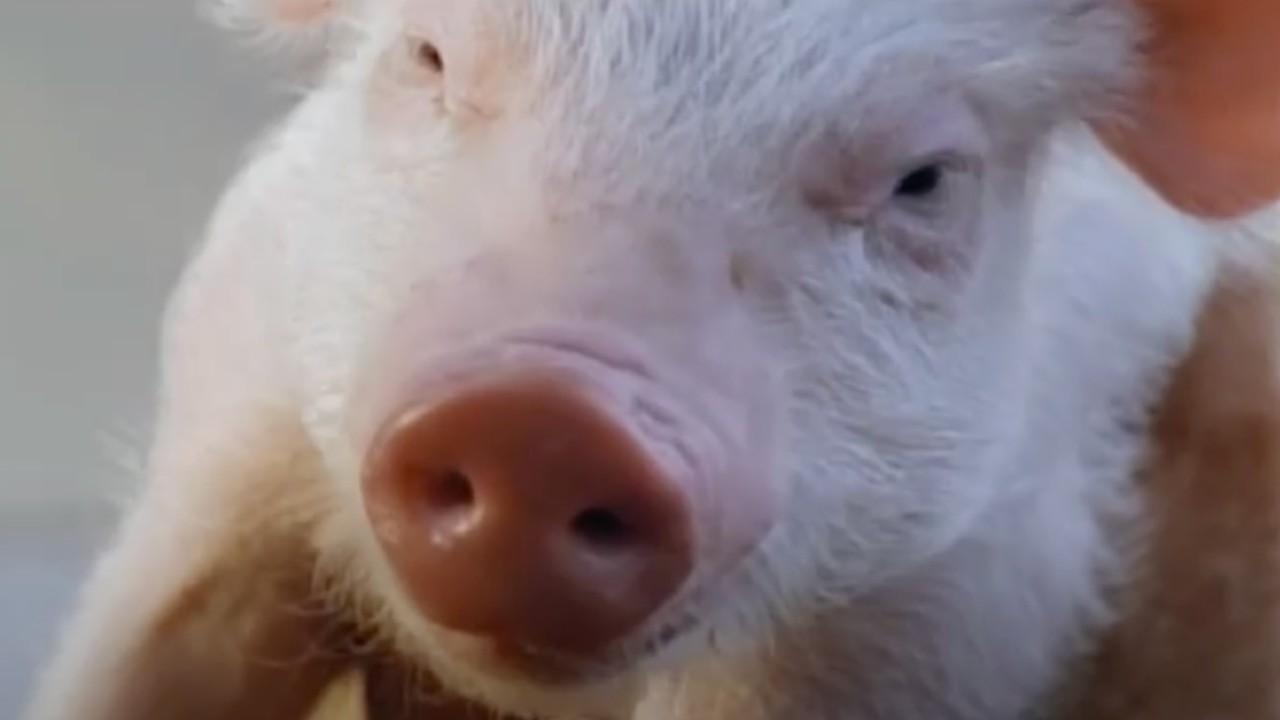
Babe Nailed The Way To Do Talking Animals In Movies
I had to do some digging to find out the methods that Babe used to make its animals talk, and fortunately, the internet features answers for just about everything. A behind-the-scenes video revealed that, much like we do today, the special effects team used CGI, animatronics, and face tracking to animate the animal faces and make them appear as though they were moving their mouths in scenes in which they were not. It's not as advanced as the methods used now, but it's also not as archaic as sticking peanut butter to the roof of a horse's mouth.
I will say that it's remarkably effective, and I think part of that is due to Babe not trying to rely on the technology as much as it possibly can. There's even talk in the video about whether an animal made a face naturally, like sticking out their tongue, they would use that shot and work it into the script. Nowadays, I could imagine we could animate just about anything on an animal's face, rather than wait for that perfect shot to make it look more convincing.
I also like that Babe has no shame in just taking a page out of the Homeward Bound book. What I mean by that is that there are points in the movie where an animal is talking, but you can clearly see their mouth isn't moving because they're just doing other animal things and moving around too much. I have zero problem with this rather than trying to force it to work, and shout out to three of the best pets in Hollywood history for setting the standard for making this acceptable in the '90s.
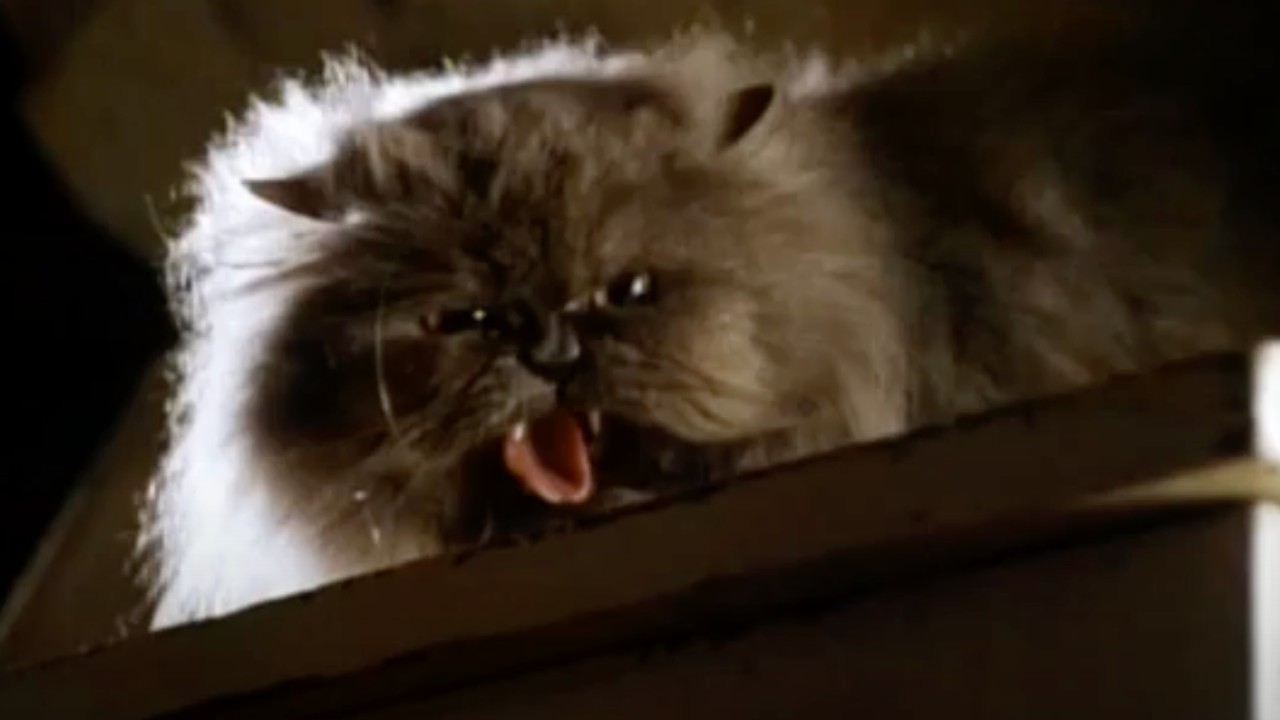
Technology Has Progressed To Make This Technology Better, But There Was No Need
The Lion King remake was raked over the coals by critics, who felt the live-action adaptation failed in making a movie that was as emotionally impactful as the original animated version. In fairness, the animals look really good and lifelike, but it's hard to deny the dead-eyed look in Simba's eyes moments after watching his father get trampled by a stampede:
In fairness to the remake, I don't think there's any technology that can make a CGI lion look nearly as expressive as one drawn in animation. At the same time, I would argue that for Simba's lack of emotion in the scene, his face is almost too digitized, to the point where it feels clear it isn't a real lion that I'm looking at onscreen.
CINEMABLEND NEWSLETTER
Your Daily Blend of Entertainment News
I think Babe, whether intentional or not, found a way to combat the "uncanny valley" of too much CGI by only animating the mouths and eyes of actual animals. It helped me fight off that instinctual urge to question if something is real or not, and allowed me to focus more on the brilliant voice work of the late Christine Cavanaugh.
I can't say definitively that the old way of doing things is superior, and obviously, this is purely subjective. I'm sure there are people out there who would push back and say the current technology is great, and I'm clouded by my nostalgic love for Babe. I won't deny that my heart beats strongly for the pig tale, and that I love the movie's strong message that no one has to subscribe to what society expects out of them in life.
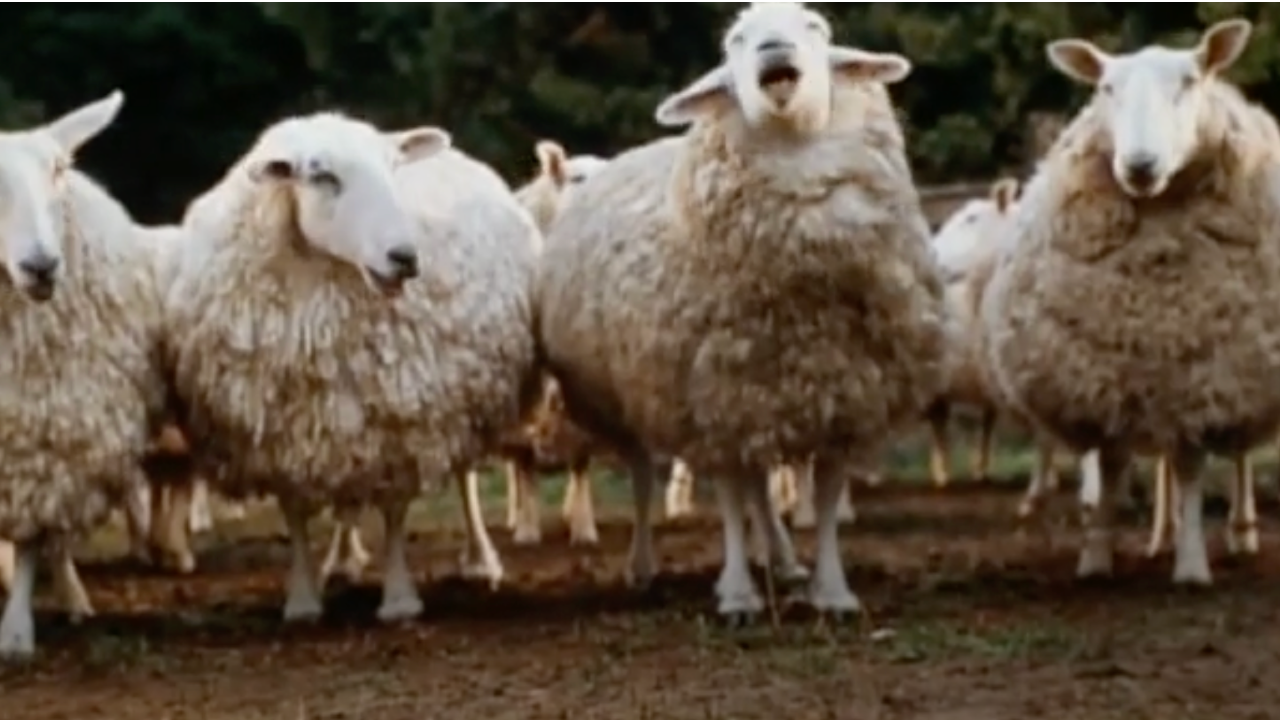
I Prefer To Have My Animals Still Look Like Animals, Even If Their Mouth Isn't Always Moving
I think really what it all comes down to when talking about what Babe and other classic movies that feature no dogs dying, it's that there's never a question that the performers are genuine animals. I say that, being fully aware that there are some scenes in which there are animatronics used from Jim Henson's Creature Shop, and that those were not always actual living animals in a scene.
For whatever reason, the animatronics from the '90s pass the eye test more with my human brain than the most cutting-edge of CGI in 2025. I'm more convinced the sheep in Babe look more real than the Na'vi in Avatar, and I don't think it's because I know that the latter don't actually exist in real life. As far as computer-generated technology has come after all these years, I don't think we've reached a stage yet where I can see a talking animal and be the least bit convinced that it is an actual animal.
Anyone who feels the same way, I encourage you to revisit Babe with a Peacock subscription and see just how well it holds up. I'm not sure movies like that would ever get made these days, but I do hope I'm wrong about that. We need a Babe for a new generation, and a reason for the kids of today to be as obsessed with pigs as I was at their age.
As mentioned, Babe is on Peacock, and readers can also watch it on Tubi, provided they want to watch it with ads or for free. I had a blast watching it with my daughter, and I think I've convinced her to watch more movies from my youth after seeing that not all of them are boring.
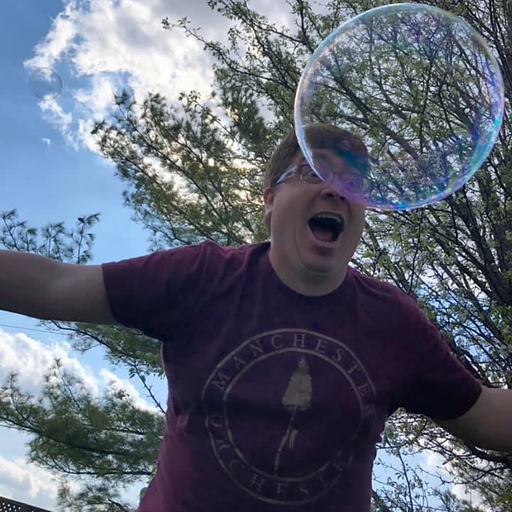
Mick Joest is a Content Producer for CinemaBlend with his hand in an eclectic mix of television goodness. Star Trek is his main jam, but he also regularly reports on happenings in the world of Star Trek, WWE, Doctor Who, 90 Day Fiancé, Quantum Leap, and Big Brother. He graduated from the University of Southern Indiana with a degree in Journalism and a minor in Radio and Television. He's great at hosting panels and appearing on podcasts if given the chance as well.
You must confirm your public display name before commenting
Please logout and then login again, you will then be prompted to enter your display name.

